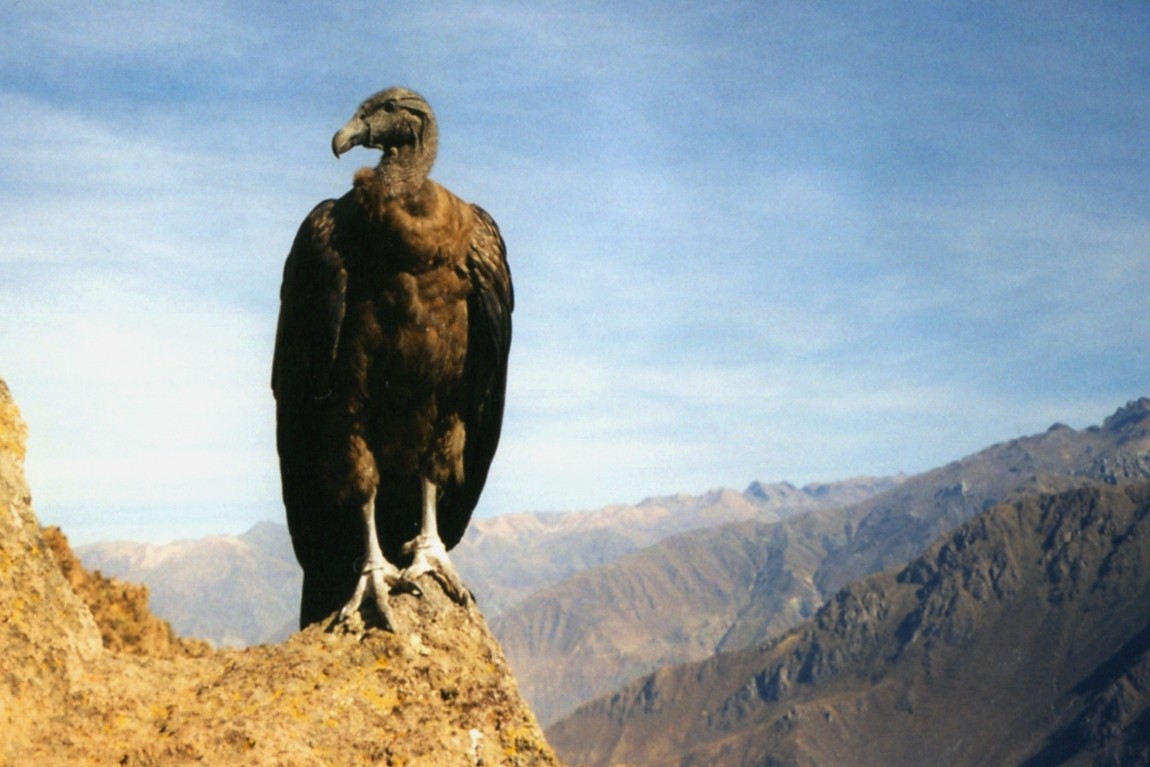 Is the andean Condor extinct?
Is the andean Condor extinct?
Is the andean Condor extinct?
The Andean condor is considered near threatened by the IUCN and the Peruvian Conservation Organization. It was first placed on the United States Endangered Species list in 1970, a status which is assigned to an animal that is in danger of extinction throughout all or a significant portion of its range. Threats to its population include loss of habitat needed for foraging, secondary poisoning from animals killed by hunters and persecution. It is threatened mainly in the northern area of its range, and is extremely rare in Venezuela and Colombia, where it has undergone considerable declines in recent years. Because it is adapted to very low mortality and has correspondingly low reproductive rates, it is extremely vulnerable to human persecution, most of which stems from the fact that it is perceived as a threat by farmers due to alleged attacks on livestock. Education programs have been implemented by conservationists to dispel this misconception. Reintroduction programs using captive-bred Andean condors, which release birds hatched in North American zoos into the wild to bolster populations, have been introduced in Argentina, Venezuela, and Colombia. The first captive-bred Andean condors were released into the wild in 1989. When raising condors, human contact is minimal; chicks are fed with glove puppets which resemble adult Andean condors in order to prevent the chicks from imprinting on humans, which would endanger them upon release as they would not be wary of humans. The condors are kept in aviaries for three months prior to release, where they acclimatize to an environment similar to that which they will be released in. Released condors are tracked by satellite in order to observe their movements and to monitor whether they are still alive. In response to the capture of all the wild individuals of the California condor, in 1988 the US Fish and Wildlife Service began a reintroduction experiment involving the release of captive Andean condors into the wild in California. Only females were released to prevent it becoming an invasive species. The experiment was a success, and all the Andean condors were recaptured and re-released in South America before the reintroduction of the California condors took place. In June 2014, local authorities of the Ancasmarca region rescued two Andean condors that were caged and displayed in a local market as an attraction for tourists.
People often ask
Related Searches
Scientific Classification
Phylum
Chordates Class
Birds Family
New world vulture Genus
South American Condors Species
Andean Condor 